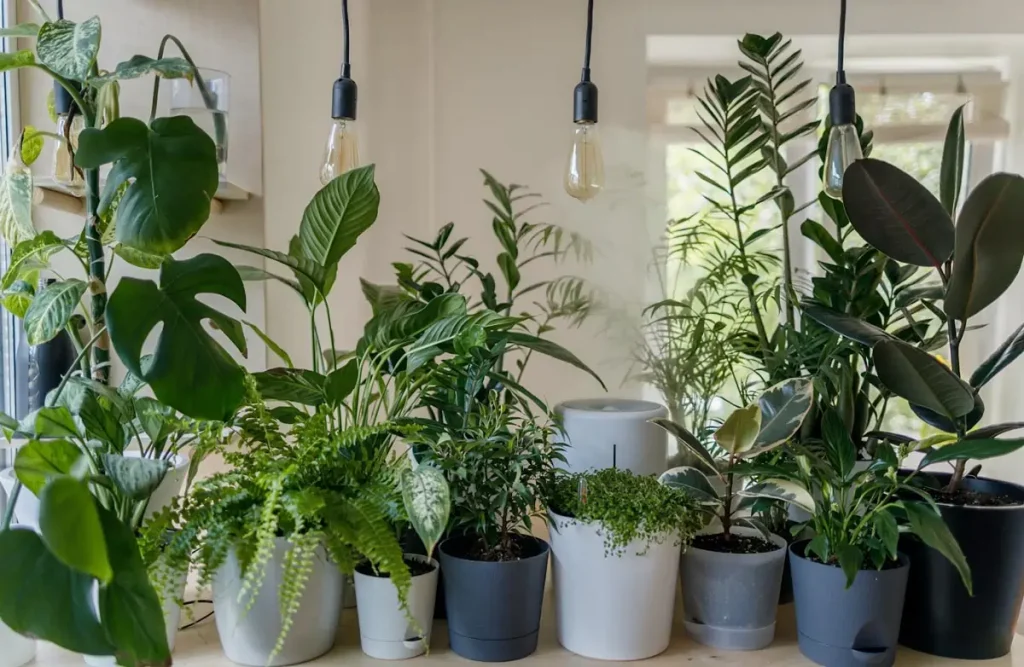We have already explained how earthquakes can be unpredictable at this day and age. Earthquakes can strike anytime of the day, anywhere you are. It’s best to know what to do to prepare before it happens, survive during it, and recover after its occurrence.
Here are 9 helpful steps to follow before, during and after an earthquake:
BEFORE the earthquake (which you won’t really know when) it’s best to follow these steps as early as possible to safe-proof your workplace, home and any place where you and your family always stay.
Step 1. Secure your place
Identify the hazards and secure moveable items, especially big and heavy ones like hovering lights, heavy closets
and cabinets, especially highly flammable items. Make sure they are securely in place to withstand major shakes.
Step 2. Make a ‘Safety Plan’
Educate your loved ones, especially your children with a ‘Safety Plan’ that tells them what to do and where to go should a disaster happens. You may also include safety plans during a fire since it is highly likely to occur during earthquakes.
Step 3. Organize your disaster supplies
Organize and put a ‘Safety Kit’ in accessible locations of your house, your workplace and your car. Your safety kit should have more or less, the following items: first-aid kit, flashlight with extra batteries, whistle, medications, dust mask, road maps, bottled water, sturdy shoes, snacks high in calories and water, list of emergency contact numbers, fully-charged Powerbanks for your phone/s, and toiletries.
Step 4. Keep important documents handy
Organize important documents like identification documents, insurance cards, and photos of belongings in your home (this will help in your insurance), and secure them in a “grab and go” bag.
DURING the earthquake, your level of preparedness should go well with your ability to not panic. Panicking blocks your mental capacity to think of the things you have learned and prepared.
Step 5. Drop, Cover and Hold On
Today marks the nationwide Earthquake Drill in the Philippines. Let your household participate in the drill. Drop, Cover and Hold On can save lives and reduce your risk of injury in an occurring quake.
DROP down to your hands and knees. This position allows you to protect yourself from falling debris while giving you a chance to move if necessary. Avoid walking or running during the quake as it will only knock you down.
COVER your head and neck. While doing this, look for a sturdy table or desk and get under it. If there’s no furniture nearby, that’s the time you get down near an interior wall, while covering your neck and head with your arms and hands.
HOLD ON to your temporary shelter until the shaking stops. Be prepared to move with your shelter if the shaking shifts it around. Remember it stands as your temporary protection against falling objects.
If you’re in a high rise or a mid-rise building, avoid windows and other hazards. Do not use elevators, and do not be surprised if sprinkler systems or fire alarms activate. Your DMCI Homes communities have specific emergency exits and plans posted in every floor– familiarize yourself with it. Make sure to know the proper exit stations from your unit should a disaster like this happen.
Step 6. Evacuate if necessary.
Know the safe places for evacuation near your home and workplaces. Open areas are mostly the safest places to go right after the shaking. After the shaking stops, run to that safe place as quickly as possible. Remember to look around if there are signs of people who need help.
AFTER the threat of the earthquake has passed, there is so much restoration to do. Be prepared to help and reconnect with others.
Step 7. Be ready for aftershocks.
Repeat steps 5-6 should this happen. Continue to check for gas leaks, chemical spills, damaged electrical wiring and broken water pipes in your current location.
Step 8. Find communication.
Monitor local radio or television reports about where to get emergency food, first aid, temporary shelter, clothing and toiletries. Look for emergency phones (if you don’t have your own) and contact your out-of-area friends and relatives and update them your status.
Step 9. Stay hydrated and fed.
We all know the importance of water especially during disasters like this. If power is off, plan meals to use up refrigerated and frozen food. Do not eat or drink anything from open containers. Check tap water if contaminated.
Earthquakes are natural disasters than can strike any time. Your level of awareness and preparations reduce your ability to survive it.




